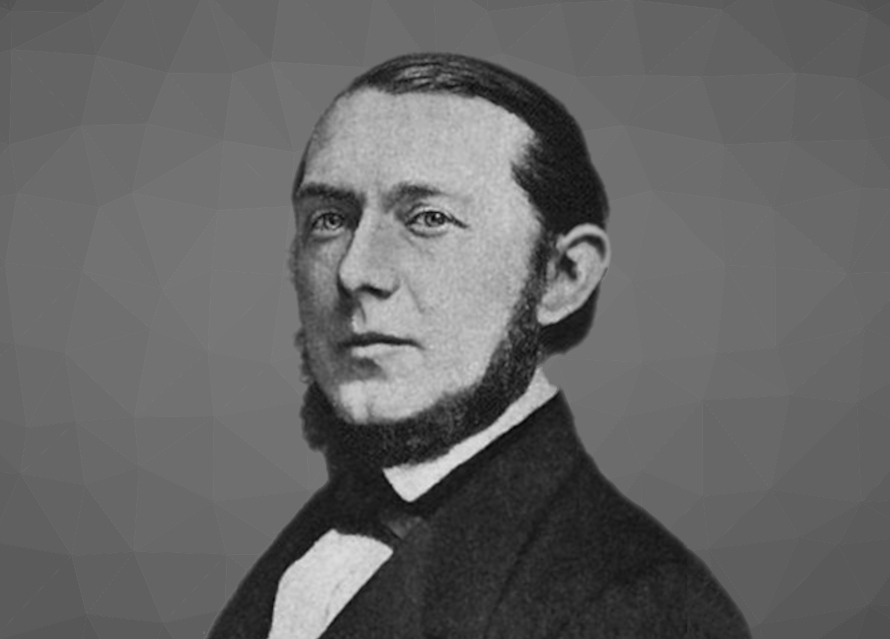Adolph Friedrich Ludwig Ewald Strecker was born on October 21, 1822, in Darmstadt, Germany. Starting in 1840, he studied natural sciences at the University of Gießen, Germany, with a focus on chemistry. One of his teachers there was Justus von Liebig, who is considered one of the founders of organic chemistry. Strecker completed his Ph.D. in Gießen in 1842. After a stint as a teacher in Darmstadt, he returned to Gießen in 1946 to work with Liebig, where he completed his habilitation in 1849 and then served as Lecturer.
Strecker moved to Norway in 1851, where he served as Professor at the University of Oslo, originally named for King Frederick VI. In 1860, he returned to Germany and joined the University of Tübingen. In 1870, he moved to the University of Würzburg, Germany, as Professor of Organic Chemistry, a position he held until his death. His short time in Würzburg was interrupted by the Franco-Prussian War of 1870–1871, where Strecker served as an Officer before returning to the University. Adolph Strecker died on November 7, 1871, in Würzburg.
Strecker is best known for the Strecker amino acid synthesis, which he developed [1,2] (pictured below). In this method, aldehydes are reacted with ammonia, ammonium salts, or amines in the presence of potassium cyanide to obtain amino acids. The amine component attacks the carbonyl, forming an iminium ion. This species, in turn, is attacked by the cyanide ion to give an amino nitrile, which can be hydrolyzed to obtain the desired amino acid.

Adolph Strecker is the answer to Guess the Chemist (119).
References
- Ueber die künstliche Bildung der Milchsäure und einen neuen, dem Glycocoll homologen Körper (in German),
Adolph Strecker,
Ann. Chem. Pharm. 1850, 75, 27–45.
https://doi.org/10.1002/jlac.18500750103 - Ueber einen neuen aus Aldehyd – Ammoniak und Blausäure entstehenden Körper (in German),
Adolph Strecker,
Ann. Chem. Pharm. 1854, 91, 349–351.
https://doi.org/10.1002/jlac.18540910309
Sources
- Nekrolog: Adolph Strecker (in German),
Rudolf Wagner,
Ber. Dtsch. Chem. Ges. 1872, 5, 125–131.
https://doi.org/10.1002/cber.18720050144 - Anniversary Meeting, March 30th, 1872,
J. Chem. Soc. 1872, 25, 341–364.
https://doi.org/10.1039/JS8722500341



